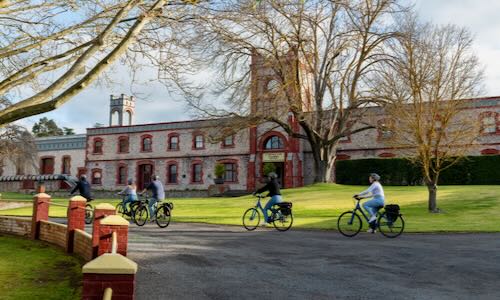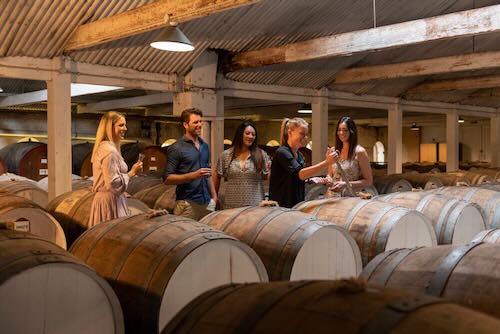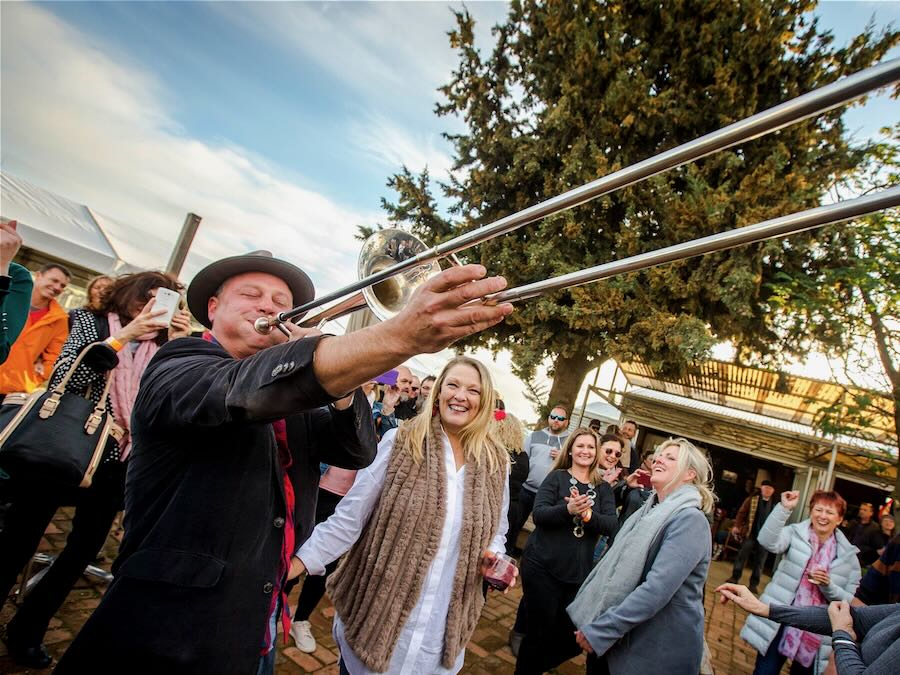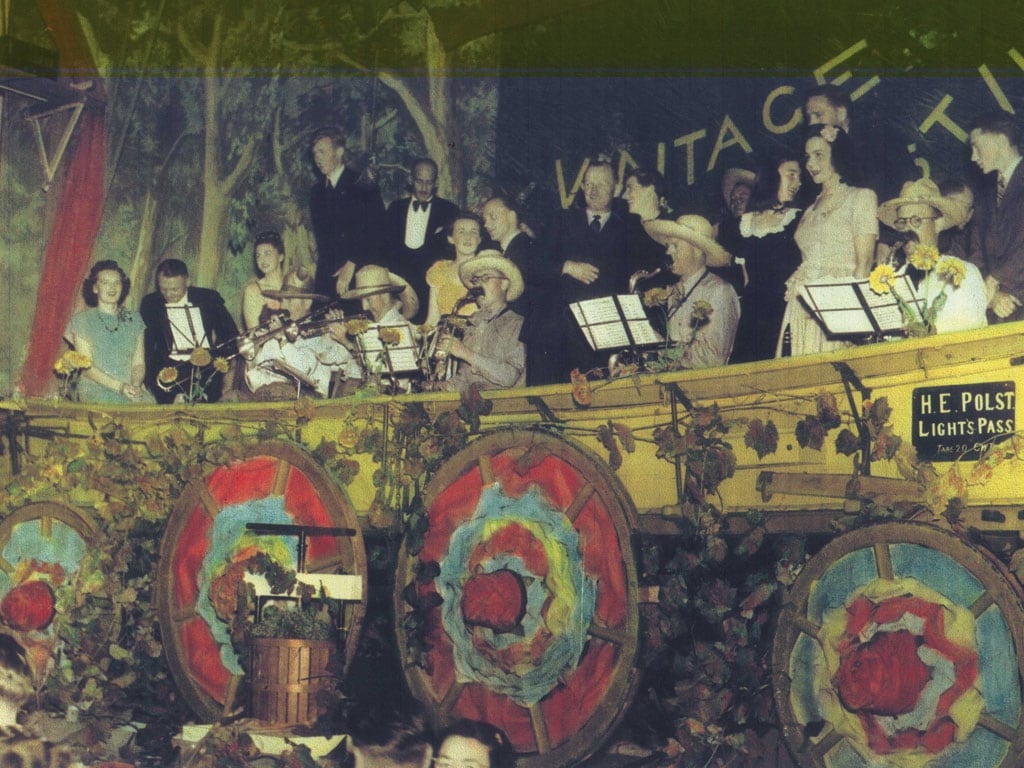Barossa 2020 vintage report – high quality, limited supply
The Barossa wine industry has faced another challenging vintage in 2020, with yields tracking at least 50% below the 10-year average.
The positive news is quality is high, and Barossa’s in-short-supply wines will remain in strong demand on the domestic and international wine scene.
Barossa’s reduced yield is due to another below-average rainfall winter and spring, temperamental spring weather – and a hot, dry December and early January.
Barossa Valley
The growing season started dry and continued that way. The January to June 2019 rainfall was 60% of average. Winter 2019 rain was a bit more promising with 148mm (88% of average), but the spring 65mm (54%) and summer 40mm (74%) didn’t follow up on the promise. March recorded only 2.8mm (11%) of rain.
The 2019 calendar year was the driest on record for the Nuriootpa weather station.
In some parts of Barossa, flowering was upset by a frost on 18 October. In early November flowering wine grapes endured a period of strong winds, followed by many cold nights through mid-November (day and night temperatures 1 to 1.5 degrees below average). Then in late November, extremely hot weather affected later flowering areas and varieties, notably the 42-degree day on 20 November.
Of the last 16 days of December, 11 were over 35C and 8 over 40C.
Not surprisingly, the combination of all these extremes meant the vines generally set below average bunch size, and berries remained smaller than normal as they developed.
January and February finally provided some relief – and probably saved the crop the vines had managed to hold onto. January experienced just below (0.65C) average maximum temperature and 1.3C below the average minimum.
Average February maximum temperature was 26.5C – 3C below average, with average minimum temperature 13.4 – 1.2C below the average. This, combined with 21mm of rain on 1 February, enabled many vineyards to slowly ripen their grapes, with flavour and phenological ripening keeping pace with the sugar development.
Yields varied from vineyard to vineyard and variety to variety, but most are well below average, with indications the region could be 50% below ‘normal’.
The good news is flavours and colours (in reds) and overall quality is exceptional. Early standout varieties include, but won’t be limited to, Shiraz and Grenache and Cabernet.
Eden Valley
Rainfall in Eden Valley for winter 2019 totalled 249mm, slightly higher than winter 2018’s total of 226mm. The 2019 total was just 7% below average. However, rainfall totals dropped significantly through spring, reaching only 63% of the long term average. This trend continued into summer with the growing season rainfall amounting to 125mm or 67% of the average, which was the driest growing season since 2009.
The low rainfall throughout winter 2018, the 2018/19 season and 2019 winter resulted in many growers not having enough surface water runoff to fill their storage dams prior to spring 2019. This placed significant pressure on the irrigation scheduling to ensure vines had adequate soil moisture to grow and ripen fruit whilst also maintaining a healthy canopy.
October 2019 recorded a mean maximum temperature 2.18°C warmer than average whilst December was 3.79°C warmer than average. The October high was driven by a number of days above 30°C which is unusual for that time of year. Furthermore, December recorded 9 days where the mercury exceeded 35°C, in two separate heatwave events lasting 5 and 4 days respectively. December the 20th recorded a stifling 42°C. December 2019 was the hottest December on record. However, much milder conditions were recorded for the remainder of the growing season and through veraison with mean maximum temperatures being below average.
The saving grace for Eden Valley was the cooler mean monthly minimum temperatures, with the exception of October being 2.06°C and December being 3.21°C above average. These warmer averages were fuelled by the high daytime temperatures, where the night-time temperatures remained elevated, particularly during the heatwave events in December. However, November was 1.42°C cooler than average due to 22 days where the minimum was below 10°C. February was unusually cool being 1.22°C below average with temperatures in the low teens for much of the month. These cool nights continued into March, providing perfect ripening conditions.
2019/20 was a particularly challenging year for many Eden Valley growers, with low water storage, windy conditions at flowering and a hot, dry start to the growing season. This resulted in poor yields as a result of low bunch weights.
Those grapes that did set and ripen are of excellent quality. The significant rain that fell on the first of February, combined with the cooler weather experienced after veraison freshened the vines and helped maintain natural acidity as well as the delicate aromatics and flavours. The February average maximum temperature of 24.1C was 2.9°C below average. The wines are of exceptional quality, the white wines, particularly Riesling and Chardonnay are fine and intense. Reds are deeply coloured and perfumed.
Sources
SA Wine Grape Crush Survey, Vinehealth Australia and ‘Barossa Vintages: a wine history from 1842’, Peter Fuller









